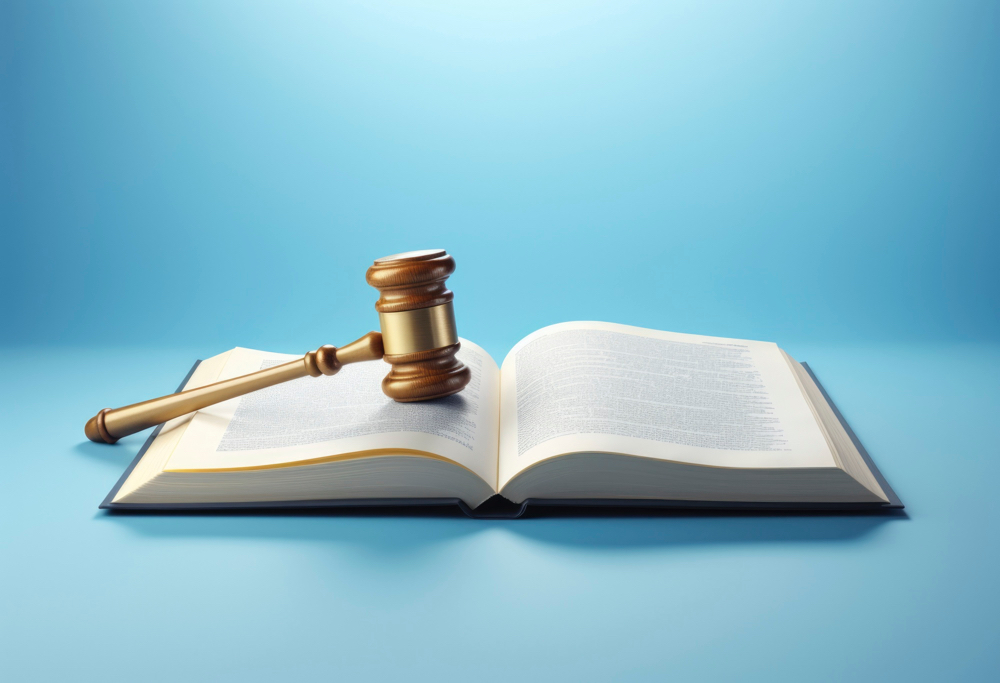EU brings product liability rules in line with digital age and circular economy

Today the Council adopted a directive to update the EU’s civil liability law. The new liability rules better take into account that nowadays many products have digital features and that the economy is becoming increasingly circular.
The product liability rules that the Council adopted today are good news for consumers and producers. It will become easier for an injured person to claim damages in court. Manufacturers on the other hand will benefit from clear rules related to digital product and circular economy business models.
– Bence Tuzson, Hungarian Minister of Justice
Consumer protection and single market gains
Because of technologial developments, new circular economy business models and ever more global supply chains the EU has decided to improve its liability rulebook. The update also tackles the difficulty faced by injured persons in gathering evidence to prove liability, especially when it comes to new technologies.
New product liability rules do not only benefit consumers but also encourage the roll-out and uptake of new technologies and give legal clarity and a level playing field to producers.
Main elements
- Digital economy: The new law extends the definition of “product” to digital manufacturing files and software. Also online platforms can be held liable for a defective product sold on their platform just like any other economic operators if they act like one.
- Circular economy: When a product is repaired and upgraded outside the original manufacturer’s control, the company or person that modified the product should be held liable.
- Disclosure of evidence: The right to compensation has been made easier by ensuring that an injured person who claims compensation before a national court can request access to relevant evidence at the disposal of the manufacturer in order to be able to prove their claim.
- Products bought from non-EU manufacturers: Under the new rules, to make sure that consumers are compensated for damages caused by a product manufactured outside of the EU, the company importing the product or the EU-based representative of the foreign manufacturer can be held liable for damages.
- Burden of proof: When the injured consumer is faced with excessive difficulties to prove the defectiveness of the product or the causal link between its defectiveness and the damage, a court may decide that the claimant is only required to prove the likelihood that the product was defective or that its defectiveness is a likely cause of the damage.
Next steps
The directive will enter into force on the twentieth day following that of its publication in the Official Journal of the European Union. Member states have two years to transpose the directive into national law.
Background
The EU’s product liability regime was established in 1985. Its purpose was to compensate injured persons for physical injury or damages of property that they have suffered due to a defective product, simply by proving that a product was defective and that the defect caused the injury or damage.
